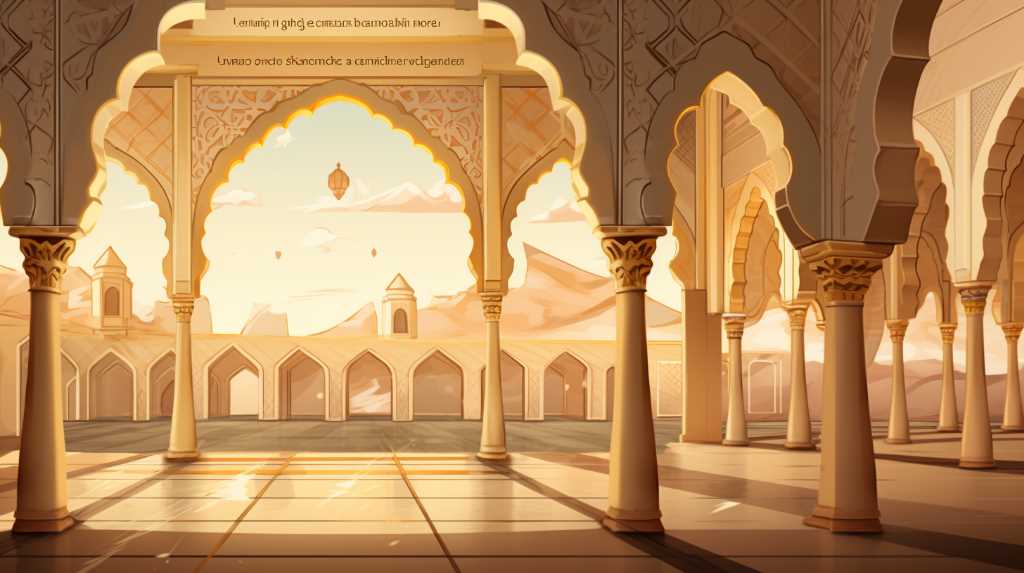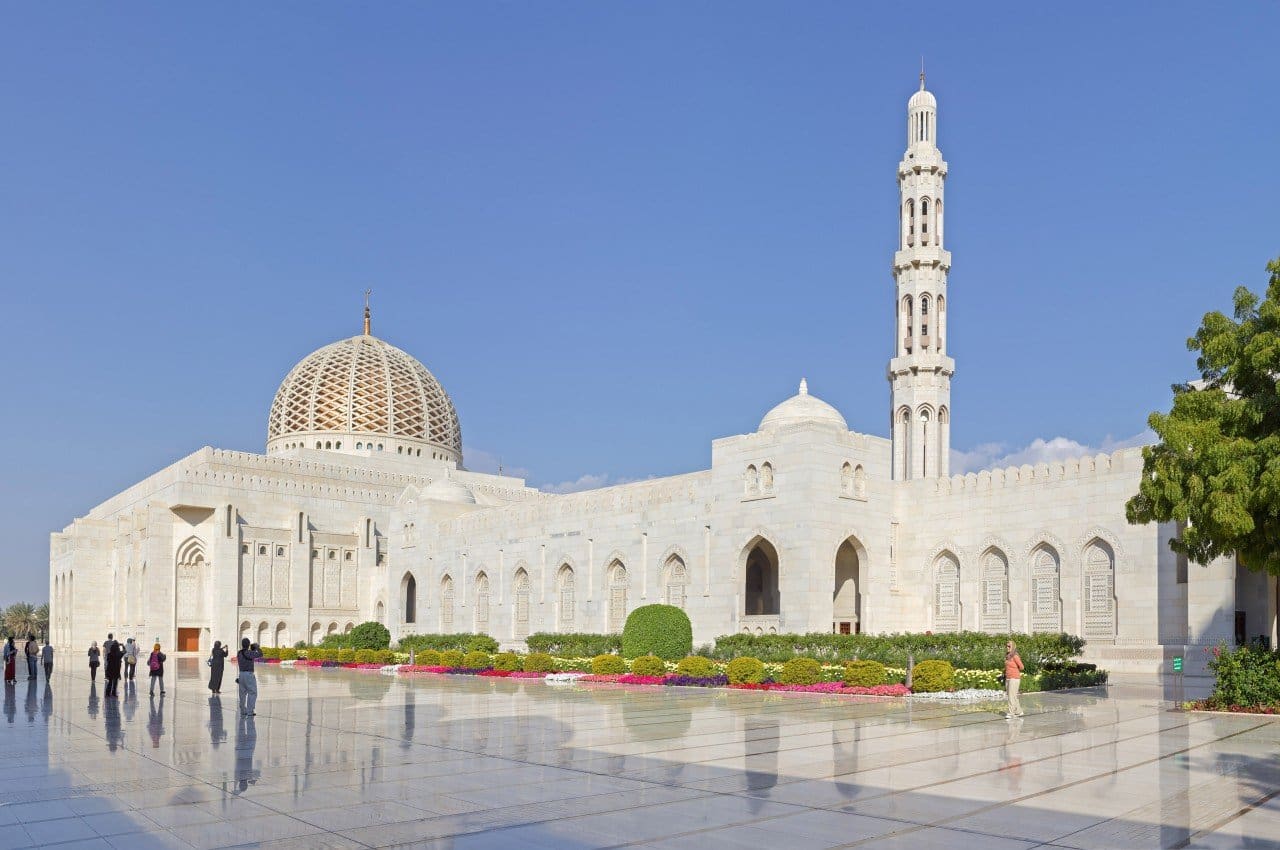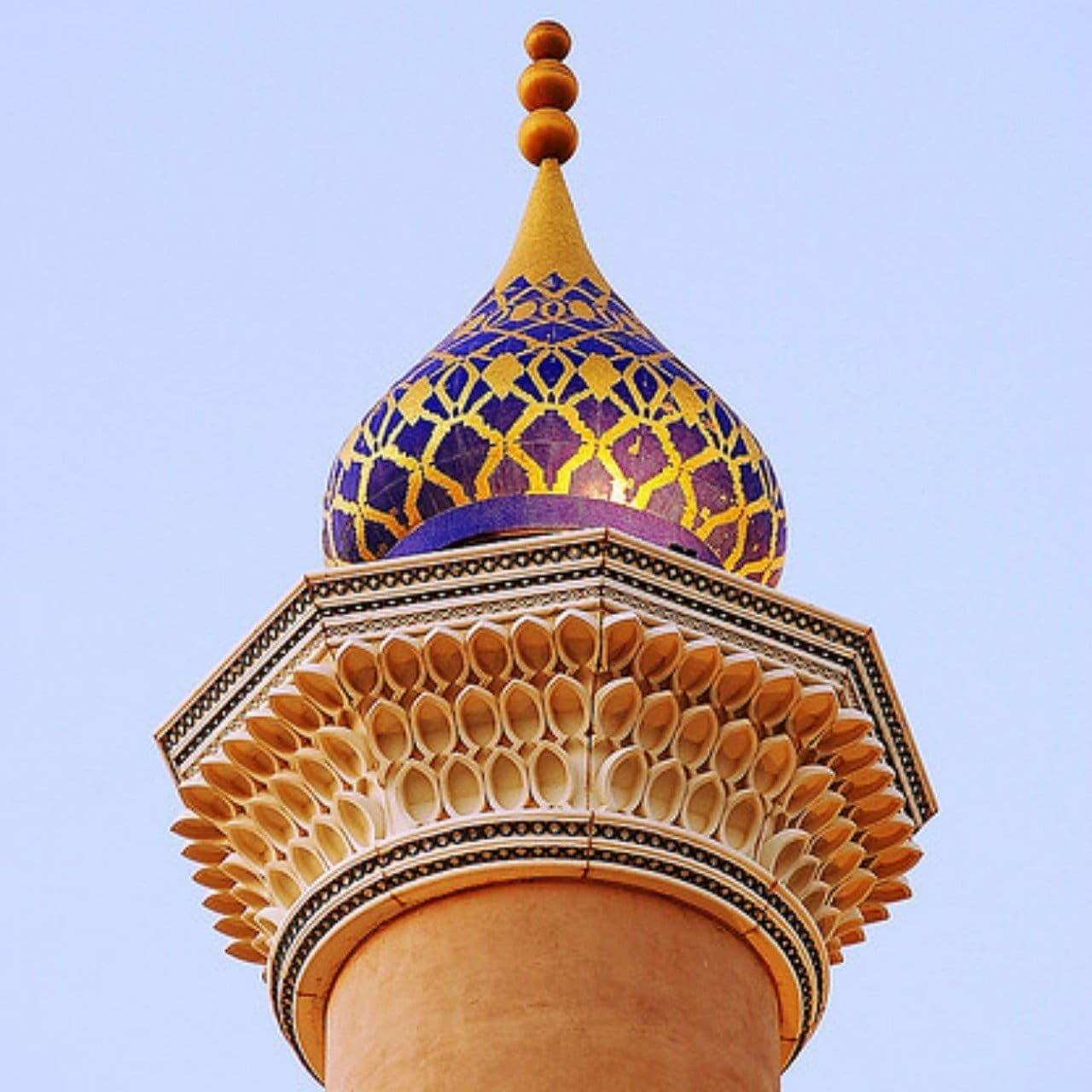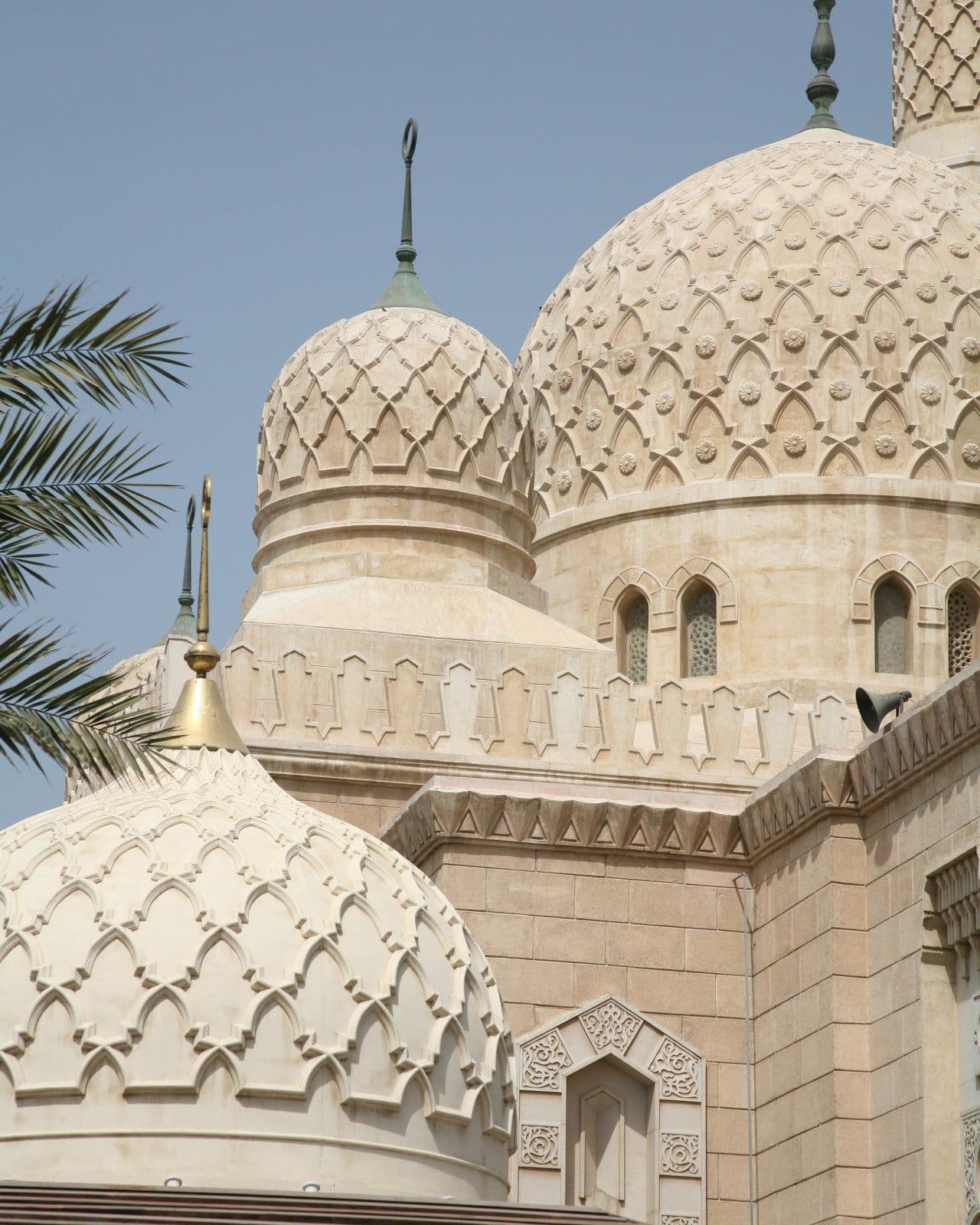Technology
Exploring the Splendor of Islamic Architecture: A Journey Through History and Design


The Roots of Islamic Architecture
With a deep-rooted history in Islamic principles, Islamic architecture is celebrated for its breathtaking sculptural forms and detailed decorative motifs. Originating in the Middle East, this architectural style has left a global imprint, encompassing a diverse range of structures from palaces and fortresses to schools and baths.
Iconic Minarets and Their Significance
Minarets stand tall with their internal staircases and small openings, not just as visual landmarks but also as pivotal structures for the daily calls to prayer in the Muslim faith, resonating across cities five times a day.
Domes and Pendentives: A Structural Marvel
The use of pendentives in Islamic architecture allows for the placement of grand circular domes on square or rectangular bases, often embellished with elaborate mosaic tiling, adding a sense of grandeur to the structures.
The Art of Islamic Arches
From horseshoes to scalloped and ogee shapes, arches in Islamic architecture create an aesthetic of elegance and strength, contributing to the distinctiveness of this design tradition.
Ornamentation: A Tapestry of Culture and Art
Islamic ornamentation is a rich tapestry of vibrant mosaics, recurring geometric and floral patterns, and profound Arabic calligraphy, often drawing from Roman, Greek, and Sasanian influences to create symmetrical and intricate designs.


The Mashrabiya: Function and Beauty
The mashrabiya, with its wooden lattice design, is a traditional element used for privacy and climate control, sometimes serving as a decorative or partitioning feature in modern interpretations of Islamic spaces.
Muqarnas: The Stalactites of Stone
Resembling honeycombs or stalactites, muqarnas vaulting adds a textural dimension to ceilings, often complemented by vibrant tile work that adorns the interiors of Islamic edifices.
The Mihrab: A Sacred Niche
Central to any mosque is the mihrab, a semicircular niche that indicates the direction of prayer, often richly decorated to stand out within the prayer hall.
Open Spaces and Gardens: A Tranquil Oasis
Islamic architecture often features serene gardens, enclosed courtyards, and open spaces with columns, creating a peaceful environment for reflection and community gathering.
Mosques: Centers of Worship and Learning
Mosques, or "masjid" in Arabic, are not just places of prayer but also serve as centers for education and community, often designed with expansive courtyards and soaring minarets.


The Madrasa: Islamic Educational Institutions
The madrasa, an Islamic educational institution, has evolved from early courtyard buildings to complex structures providing accommodations for students, with distinct archways and iwans as key architectural features.
Architectural Masterpieces of the Islamic World
The Selimiye Mosque, designed by Mimar Sinan, and the Dome of the Rock in Jerusalem, with its Byzantine-inspired dome, are among the crowning achievements of Islamic architecture, showcasing innovative design and ornate embellishments.
The Taj Mahal: A Wonder of the World
The Taj Mahal stands as a testament to the fusion of Persian, Indian, and Islamic architecture, with its stunning white marble tomb and intricate façade, attracting visitors from around the globe.
The Great Mosque of Córdoba: A Historical Jewel
With its vast hypostyle hall supported by columns and two-tier arches, the Great Mosque of Córdoba captures the essence of Islamic design and its capacity for grandeur and elegance.
The Umayyad Mosque: A Pioneering Structure
As one of the world's largest and oldest mosques, the Umayyad Mosque in Damascus has set a standard for mosque design, with its spacious courtyard and monumental walls.


Forts, Palaces, and Mosques: A Legacy of Intricacy
From the Agra Fort's imposing walls to the Sultan Hassan Mosque's minimal yet grand design, Islamic architecture presents a legacy of intricate details, innovative layouts, and spiritual significance.


Hello! I’m Roger Jenkins, your go-to source at ReportingTheNews.com. I’m a USC graduate who combines journalistic precision with a Trojan’s passion. Based in sunny Los Angeles, my days are filled with more than just sunshine; they’re about capturing stories that resonate.
Beyond the newsroom, I’m an avid triathlete. Swimming, cycling, and running are more than just sports to me; they embody my commitment to discipline, focus, and a healthy dose of competition.
My love for travel takes me far and wide. Guadalajara, with its vibrant culture and unforgettable tacos, has a special place in my heart. I’m always searching for the next great story or a hidden culinary treasure.
At home, Nala, my energetic pet, is my constant companion. Together, we’re known in our neighborhood for our morning runs and evening strolls.
I’m driven by a belief in the power of storytelling to unite communities. Join me as we explore impactful narratives and stay updated with the latest news. You’ll also get a peek into my sports passions and travel escapades.
Want to get in touch? Follow me on Instagram for more insights and updates.

